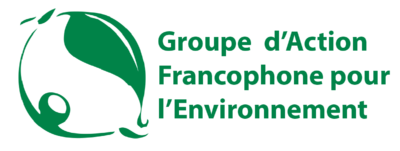Activities
Join For Water and its partners strive to restore and protect ecosystems. Reforestation is an important part of this, and management committees must ensure that the reforested areas are maintained.
The Agribel Training Institute carries out research, collects knowledge and provides training on techniques in agroecology and the sustainable use of natural resources.
Environmental education is getting a lot of attention: there are training courses in agroecology and on the importance and restoration of mangroves. This awareness is aimed at the communities, management committees, schools and governments.
Join For Water can rely on its partner ODRINO for the restoration of drinking water systems, the construction of public latrines and the restoration of school latrines.
Citizens and organisations receive training in asserting their rights and in going through the relevant authorities for the protection of water resources.
Wat al voorafging
Haiti is the first country Join For Water was active in. Initially, the focus was on combating poverty and food insecurity. Sustainable, fair and active management of water resources and sanitation was the guiding principle. Some regions where Join For Water carried out work: the north (Cap Haïtien), northwest (basin of the river Moustiques), Central Plateau (Saut d’Eau and Belladère), Artibonite (Terre-Neuve) and the south (Camp Perrin), the urban areas in Cap Haitien and Port-au-Prince.
Water for agriculture also was given a lot of attention, for example with the food security program, located centrally in Croix Fer.
In the catchment basin in the Moustiques and the smaller catchment areas of its tributaries, the approach has always been, and still is, integrated water management, which takes into account all users in the catchment and ensures that future generations can continue to enjoy the water.
____
With the financial support of:












